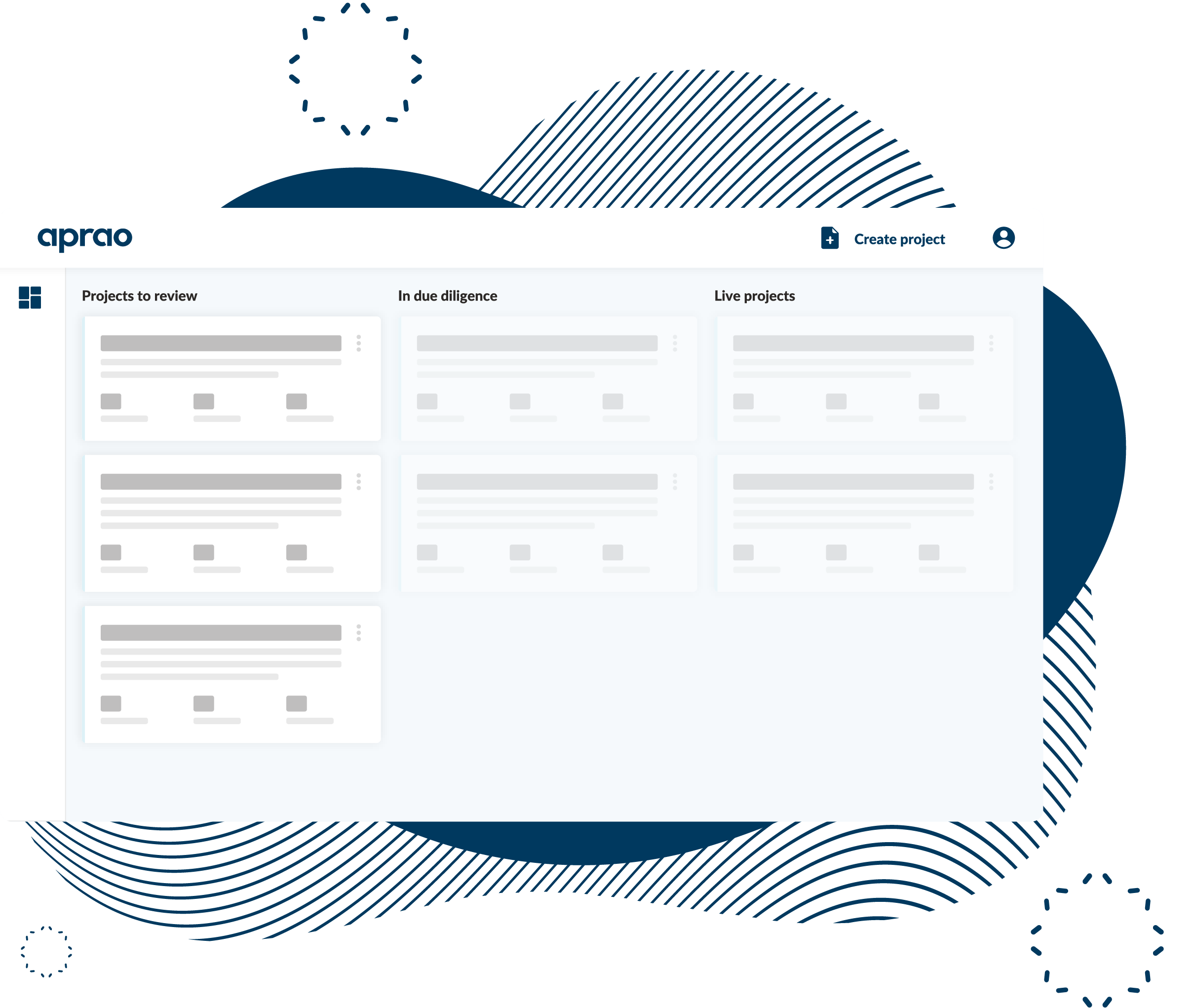We've recently written a series of articles about the historical reliance on Excel in the real estate development sector. Given there are a variety of real estate development feasibility software solutions available, what options are truly viable for developers looking to increase their accuracy, consistency, and efficiency with the effective use of available tech?
Why does every territory have its own prefered software when their requirements are almost universal? We speak to the real estate development market about feasos every day. The one turn of phrase that is just as universally adopted in the sector as “deal”, is "clunky". And it's in reference to the software we rely on every day in order to do our jobs.
Despite “clunky” being thrown around left, right, and centre, we also hear users say things like, “it does the job”. That expression - "does the job” - is indicative of something disappointingly average. 5/10. Joe Bloggs. Since when did the Real Estate industry accept average as the norm?
This is not a review of one particular software tool, it is a review of the entire feasibility software sector, and as a general rule, the feedback on these solutions has not been great. Of course we're biased as we've developed Aprao, a cloud-based feasibility solution pushing for innovation where there's been none. But the reason we developed Aprao is because we were stuck using subpar tools just like everyone else (one of our team members was a Chartered Surveyor) and we decided to create the solution ourselves when nobody seemed to care enough to get it right.
Financial reporting is the backbone of real estate development and settling for “does the job” is simply not good enough - so we want to understand how we got to this woeful state of affairs in the first place, and how we can do better in future.
History of Feasibility Software
Circle was the original feasibility software (in the UK, at least) and was adopted fairly widely. Nick - our resident Chartered Surveyor - doesn't use Circle, but his Dad was also a Chartered Surveyor. He retired 6 years ago and remembers this software all too well. Fundamentally, not a lot has changed since the initial release, even though the industry has developed a great deal. The same can be said for other platforms, often requiring desktop installation, complex setup, and even costly onboarding. The brief boom in development feasibility software meant that quite a few solutions entered the market, but most of them have been left on the shelf for around 15-20 years now, giving us a very short history to report on! Once the basic requirements were met, very few software development companies seemed interested in innovation and growth - so property development professionals were left to "make do" with the few tools remaining at their disposal.
Common Issues with Feasibility Software
1. Complexity
This is a double-edged sword. Users want the ability to model out complex development scenarios yet they want a tool that is easy to navigate and that doesn’t require a PHD to operate. Is that too much to ask? A quick search on Amazon reveals the number of books that have been written to help us use these software platforms. Some of these software vendors even have the cheek to ask you to pay them for expensive online training courses! Here's a tip from our software development team: if a user needs to read a book or take a course in order to use your platform properly, you haven't built it well.
2. Lack of Compatibility for Mac users
We don’t want to spark any Mac vs Windows arguments - those have all been done to death and we've got differences of opinion within the Aprao team! However, a major issue experienced by some of our customers is that legacy software solutions are not compatible with Mac OS. So property developers end up having to run complex parallel systems or virtual networks, which are slow, frustrating to use, and often have security issues. And that's just desktop software: what about mobile and tablet users? Over 58% of the global tablet market is made up of iPads - running iOS - making cross-platform compatibility nearly impossible.
3. Installation of Software on Modern Laptops
CDs, complex software packages, and even digital downloads are a thing of the past - most new laptops don't come with any sort of optical drive for a CD-ROM installation, and yet some of these software solutions are still posting out discs to buyers when it's time to upgrade. Cloud-based software should run in your web browser, with a simple login, and automated updates.
4. Modern Feasibility Methods
With emerging and new sectors (like PRS and Student developments, for example) you need to be able to deduct operating costs from gross income pre capitalisation, in order to calculate GDV. Currently, property developers have to do this outside their existing software using Excel, because the functionality just isn't there - and there's no plan to update it, either.
5. Licencing Agreements
Software licensing agreements as we knew them are now a thing of the past, and we've moved onto the subscription model. The subscription model provides flexibility to scale up and down as your business evolves, allowing you to choose between monthly or annual subscriptions, with no long-term agreements - you can move on if you decide to do something differently. Speaking to many of our contacts at large corporate real estate firms, one of their frustrations with the old software solutions is that they need to share logins, and sometimes they even have to circulate emails asking team members to log out of the system. There's no collaboration or flexibility, and the process is very inefficient.
6. An Inconsistent Global Market
The world is becoming an increasingly connected marketplace, and real estate is no exception. The ability to collaborate, share, import and export data, and work on-the-go are no longer luxuries, they are necessities. And unfortunately real estate feasibility software solutions have generally allowed themselves to get left behind - either out of ignorance, or simply because they aren't willing to invest the time, energy, and money needed to upgrade their products for today's world.
The Future of Feasibility Software
Many of the incumbent development feasibility software solutions were built between 1990-2000, and released into a hungry marketplace where they were widely adopted. What these companies have done since then, is diversify their product lines to upsell and cross-sell to existing customers, creating tools for investment, management, and other areas of business operations - meanwhile, their feasibility software has become neglected, and whole teams of developers have been shut down with no plans to improve or upgrade these legacy systems. So they are left to run idly, with only the occasional bug fix or legally-required update being released.
"Minimum effort for maximum return" is a term bandied about by people who simply see feasibility software as a boring requirement to be met, rather than an important business function to be invested in. It's a market that many of these bigger, older software companies just aren't interested in any more. But we are. We believe feasibilities matter, and we care about ensuring every area of your business has the best possible tools at their fingertips, ensuring accuracy, consistency, and efficiency - every time.
What has your experience been with legacy feasibility software systems? Perhaps you've had a really great experience and can tell us how wrong we are, or perhaps you completely agree with what we've shared, and can tell us more below - just leave us a comment, and we'll reply.
And if you'd like to see what Aprao can do, get started for free, no credit card required, or book a demo with us - we'd love to show you how we can make your life easier with cloud-based property development feasibilities.






Leave a comment